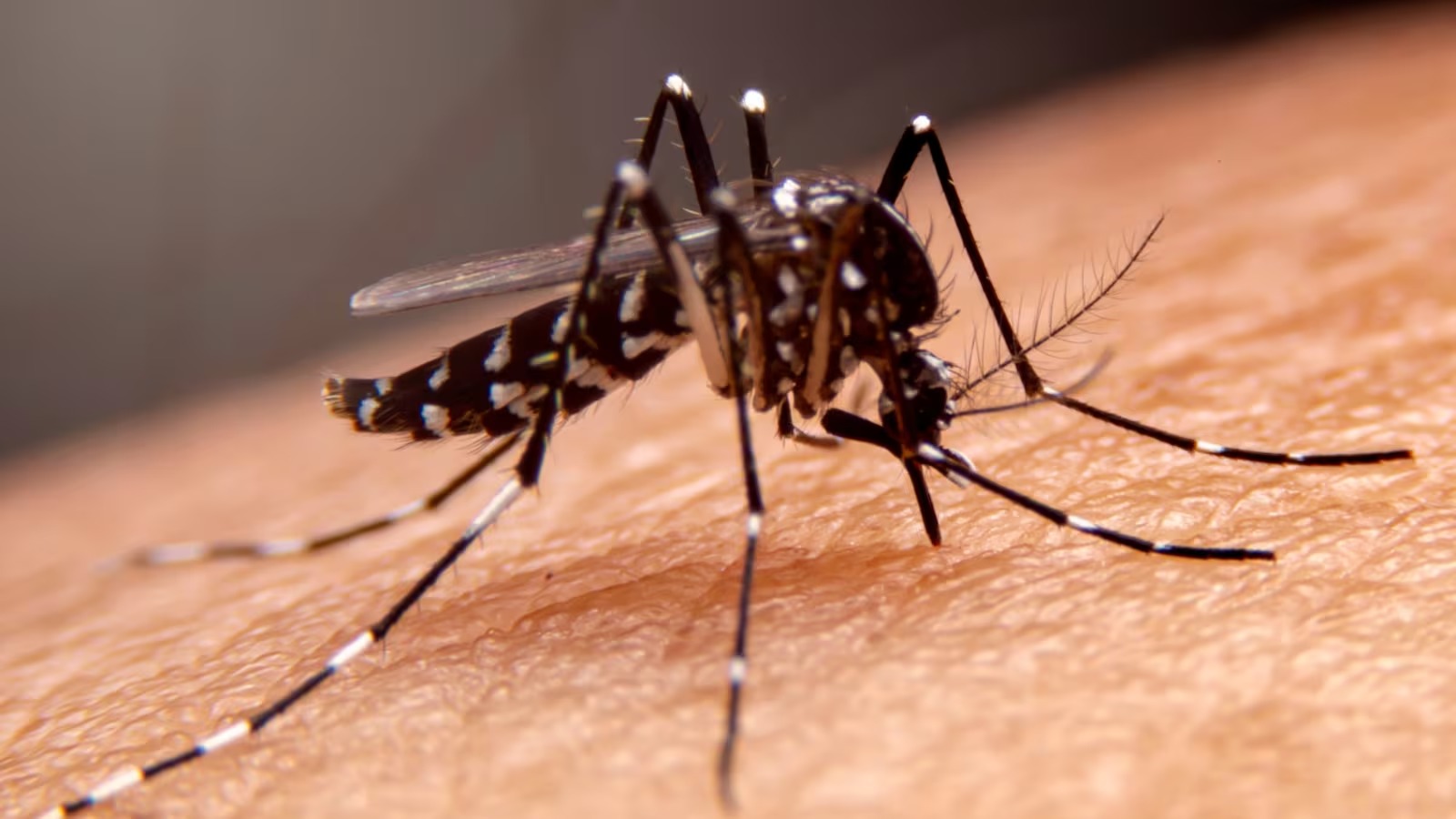Introduction: As we commemorate World Malaria Day 2024, it’s imperative to shed light on the ongoing battle against this deadly disease. Malaria, caused by the Plasmodium parasite transmitted through the bite of infected mosquitoes, continues to pose a significant global health threat. While progress has been made in combating malaria, much remains to be done. Understanding the factors that increase malaria risk is key to prevention efforts. Let’s delve into these factors and learn how to mitigate them.

Factors Increasing Malaria Risk:
- Mosquito Exposure: Mosquitoes are the primary vectors of malaria. Being in areas with high mosquito populations significantly increases the risk of contracting the disease. Factors such as living or traveling to endemic regions, outdoor activities during dusk and dawn when mosquitoes are most active, and inadequate mosquito control measures contribute to increased exposure.
- Lack of Protective Measures: Failure to use preventive measures like insecticide-treated bed nets (ITNs) and wearing appropriate clothing to cover exposed skin can heighten the risk of mosquito bites. Additionally, not using mosquito repellents or indoor residual sprays in malaria-endemic areas increases vulnerability to infection.
- Stagnant Water: Mosquitoes breed in stagnant water, making areas with poor drainage, uncovered water containers, and stagnant ponds or puddles breeding grounds for these disease vectors. Living or spending time in such environments raises the risk of malaria transmission.
- Weakened Immune System: Individuals with compromised immune systems, such as young children, pregnant women, and those living with HIV/AIDS, are more susceptible to severe malaria infections. Poor nutrition, lack of access to healthcare, and co-infections can further weaken the immune system, increasing the likelihood of contracting malaria and experiencing severe complications.
Prevention Strategies:
- Use of Insecticide-Treated Bed Nets (ITNs): Sleeping under ITNs can significantly reduce the risk of mosquito bites, particularly during the night when Anopheles mosquitoes, the malaria vectors, are active. Ensuring that bed nets are properly installed and maintained is essential for their effectiveness.
- Mosquito Repellents: Applying mosquito repellents containing DEET, picaridin, or oil of lemon eucalyptus on exposed skin provides an additional layer of protection against mosquito bites. Reapply repellents as directed, especially when spending extended periods outdoors.
- Environmental Management: Eliminating mosquito breeding sites by draining stagnant water, covering water containers, and improving drainage systems helps reduce mosquito populations. Community-based efforts to promote environmental sanitation play a crucial role in malaria prevention.
- Access to Healthcare: Timely diagnosis and treatment of malaria are vital for preventing severe illness and complications. Access to healthcare facilities offering malaria testing and appropriate antimalarial medications is essential, particularly in endemic areas.
- Public Awareness and Education: Raising awareness about malaria transmission, prevention strategies, and the importance of early diagnosis and treatment empowers individuals and communities to take proactive measures against the disease. Community-based education programs, media campaigns, and school health initiatives contribute to building knowledge and fostering behavior change.
Conclusion: On World Malaria Day 2024, let’s reaffirm our commitment to combating malaria by addressing the factors that increase malaria risk and implementing effective prevention strategies. By prioritizing mosquito control, promoting the use of preventive measures, strengthening healthcare systems, and fostering community engagement, we can work towards a malaria-free future for all.
Visit us – http://www.aarogyapath.in
